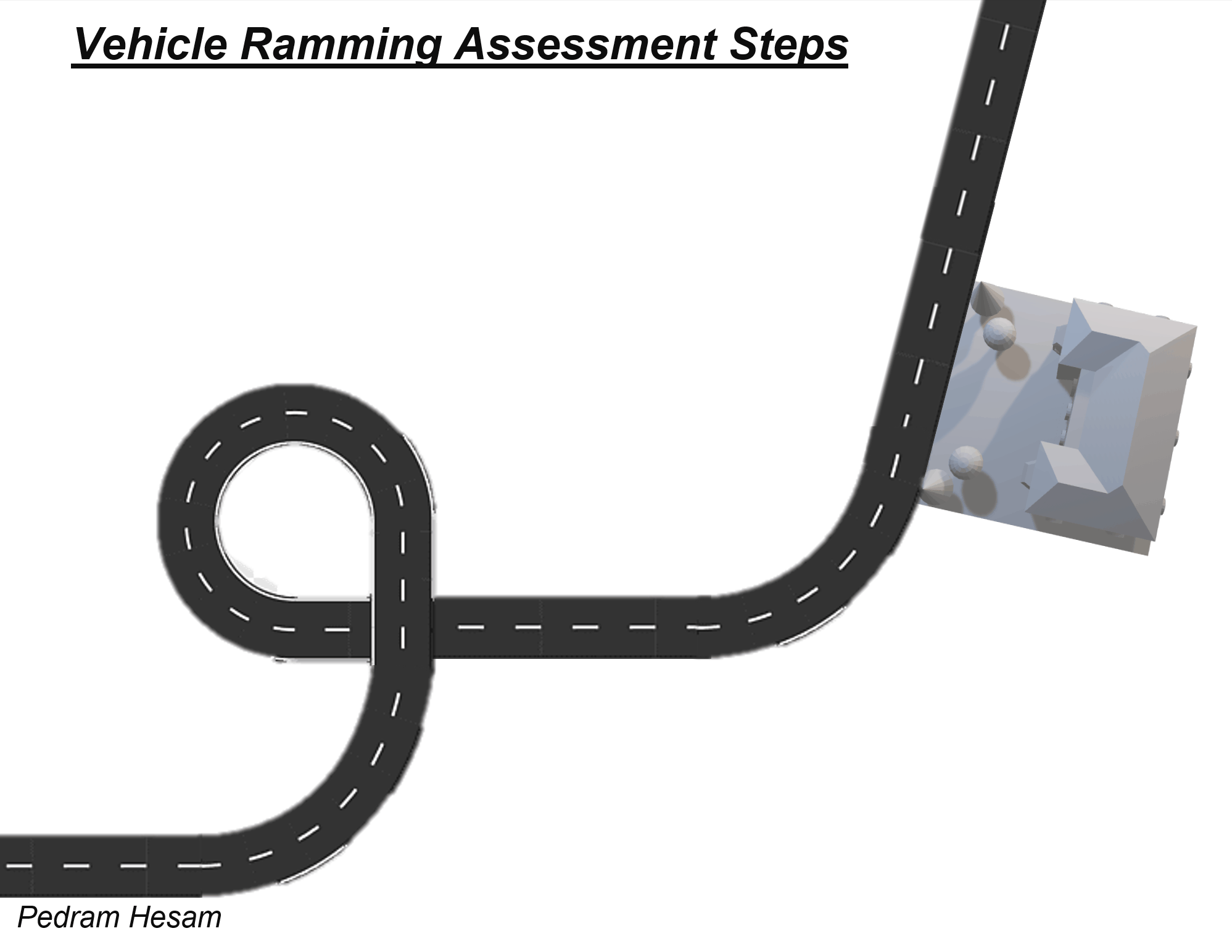For over fifty years, K&C has actively worked with both the U.S. Government and Industry to design, analyze and test structures exposed to blast and impact loading. K&C now applies this extensive experience to develop protective design solutions for both government and private facility owners. On account of this established track record and knowledge of actual blast and impact test data, K&C is entrusted to engineer protective designs, conduct peer reviews, and perform forensics investigations for some of the highest profile facilities. All of these facilities require protection from, or have been subjected to, terrorist attacks or other types of explosions.
K&C provides services to clients in industries such as:
- Aerospace
- Energy
- Defense
- Government
- Commercial

THE K&C DIFFERENCE

LEARN MORE
- Blast Vulnerability / Risk Assessment
- Hostile Vehicle Mitigation
- Active Shooter Assessment
- Anti-Terrorism / Force Protection
- Earth Covered Magazines and Explosive Safety
- Blast Resistance for Facades / Curtain Walls
- Blast Doors
- Progressive Collapse / Disproportionate Collapse
- Improvised Explosive Device
- Thermal Assessment / Fire Modeling
- Nuclear Weapons Effects
- Ballistic Resistance and Protection
- Perimeter Protection

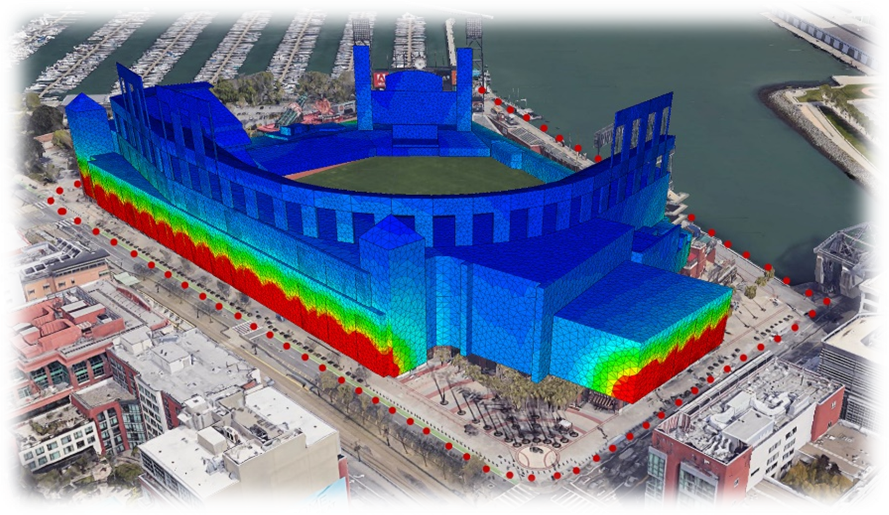
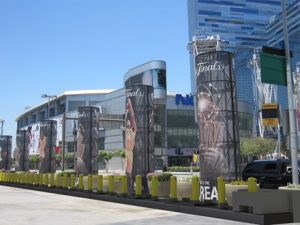

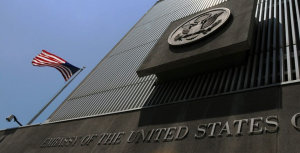
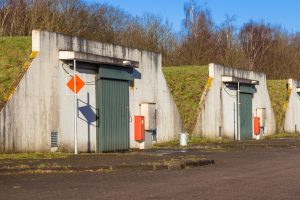



 CALCULATIONS OF THE RESPONSE OF A FLAT PLATE STRUCTURE TO A COLUMN REMOVAL
CALCULATIONS OF THE RESPONSE OF A FLAT PLATE STRUCTURE TO A COLUMN REMOVAL



